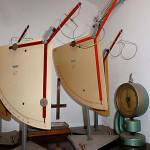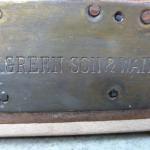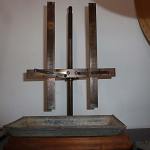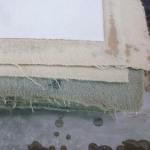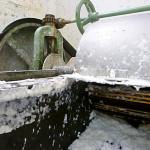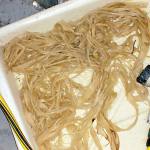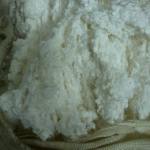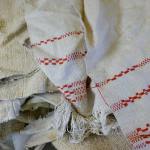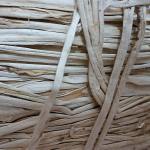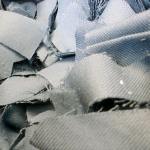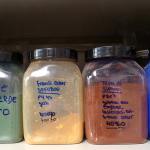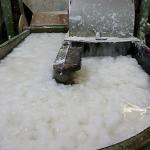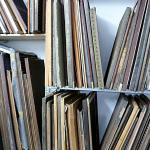The studio features an elaborate set up spanning the whole process of paper production – from the preparation of raw materials to the surface finish of the completed paper.
Only wood-free fibers from specially chosen suppliers around the world are used as raw materials (cotton, flax, hemp, Manila hemp, and rags). These are characterized not only by fiber length, but also by their purity and shades of color.
Textile fibers are the traditional raw material in papermaking and correspondingly result in a better quality paper.
The fibers are placed in a Hollander beater, where they are mixed with water and processed into a pulp. The beater macerates and cuts the raw material under its roll until the pulp attains the desired qualities (consistency, volume, transparency, etc.). Of crucial importance here is both the beating time and the distance separating the blades of the beating roll and the grooved bed plate, between which the pulp flows. Careful attention is required at this point in the production process, in keeping with the old papermaking adage that says “paper is made in the Hollander.”
While in the Hollander, the pulp can be colored with lightfast, ageing resistant pigments. Fillers can also be added, resulting in paper with superior characteristics for printing and writing.
After the pulp is prepared, sheets of paper are individually pulled from the vat with a mould. The wet sheet drains through the screen of the mould and each newly formed sheet is then transferred from the mould on to a woolen felt (couching).
At the studio, we employ traditional, historic moulds, most of which come from England and are around 100 years old. The moulds, made of the best quality mahogany wood, possess a screen surface that is either woven (velin) or unwoven/laid (verge), contributing to the distinctive character of the paper.
The art of making paper consists in producing sheets that are uniform and consistent in format as well as within the prescribed bounds of any particular order.
The post of wet sheets and felts is then put in a press to remove the water. The sheets are separated from the felts and dried with cool air. A final sorting of the paper and, if necessary, additional processing to achieve the desired surface finish completes the process and guarantees consistent quality.
